Montenegro is the right place for an amazing yet budget vacation. It is equally good for a lazy beach holiday, unique hiking experience or educational trips. The mild subtropical climate, cerulean sea, pure mountain air, ancient cities, picturesque lakes, tasty Mediterranean food and friendly people — this is what Montenegro is all about!
Entry
Citizens of any country may visit Montenegro as tourists without a visa for up to 30 days if they hold a passport with visas issued by the United Kingdom, the United States, a Schengen Area member state or Ireland, or if they are permanent residents of those countries.
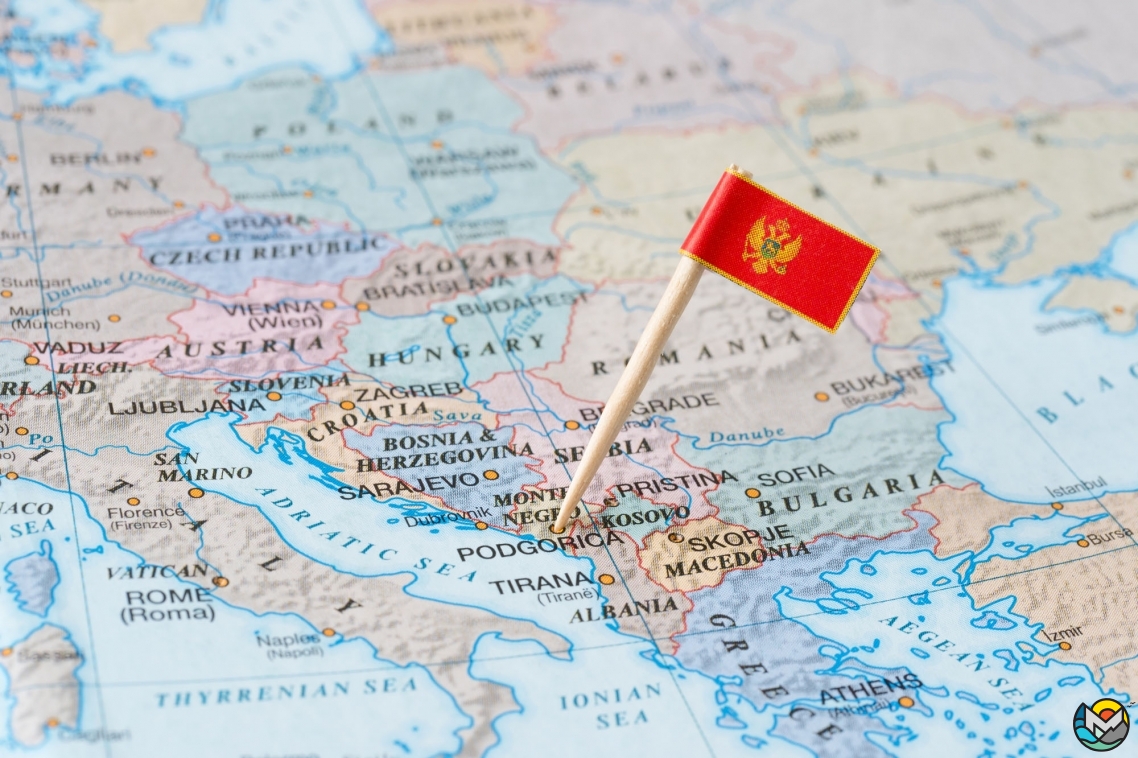
There are only two airports in Montenegro, you can fly either to the capital city of Podgorica or to Tivat, a town on the Adriatic coast. But it is a small country, transfer from the airport to any resort will not take more than an hour and a half. You can fly to one of the neighboring countries, for example, to Croatia. From the Croatian Dubrovnik airport to the Montenegrin border is only a 30 minutes ride.
During the tourist season, from April to the end of October, many lowcoasters fly to Montenegro and Croatia, you can buy inexpensive tickets in advance.
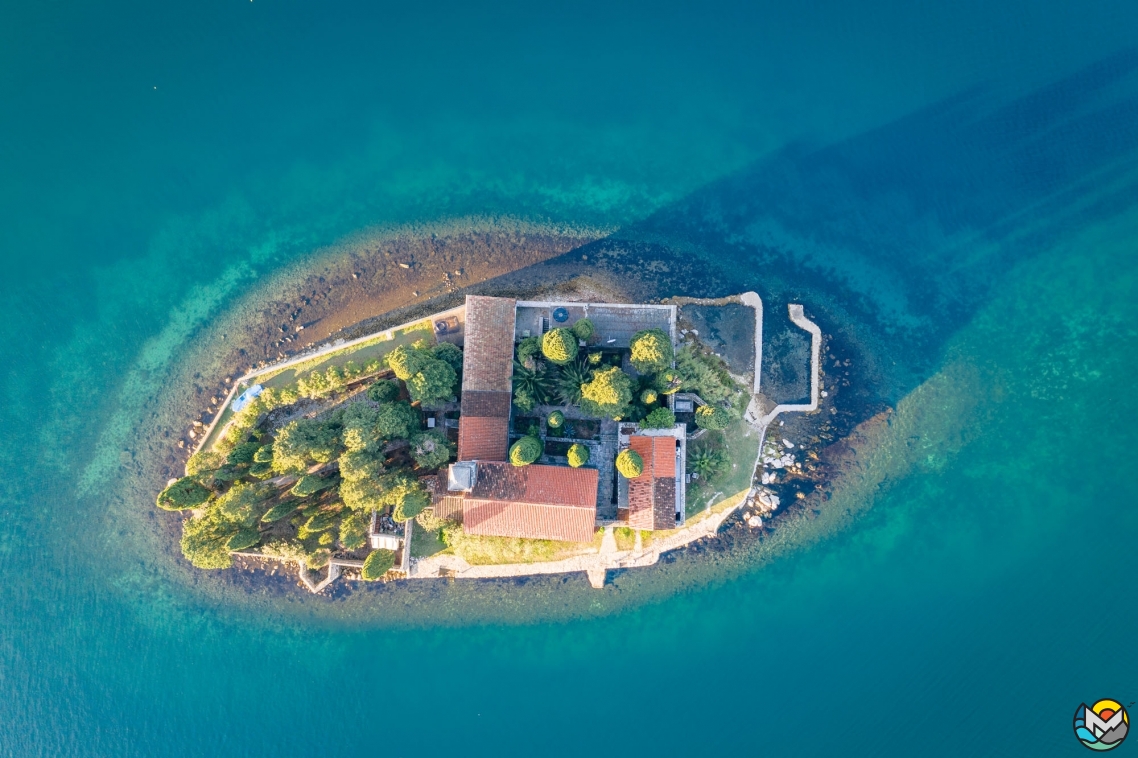
The Euro is the official currency of Montenegro. You can exchange your currencies into euros at any bank. The country has a well-developed system of payment by bank cards, and finding an ATM in the city is not problematic.
Where to stay in Montenegro?
You have plenty of choices — from luxurious hotels to modest apartments. Many villas, guesthouses and condos are available on Airbnb. We recommend checking the location and asking the landlord for a point on the map, the coastal part of Montenegro is rather mountainous and walking up and down the hill might be hard for small children or elderly tourists, especially in the heat of the day.
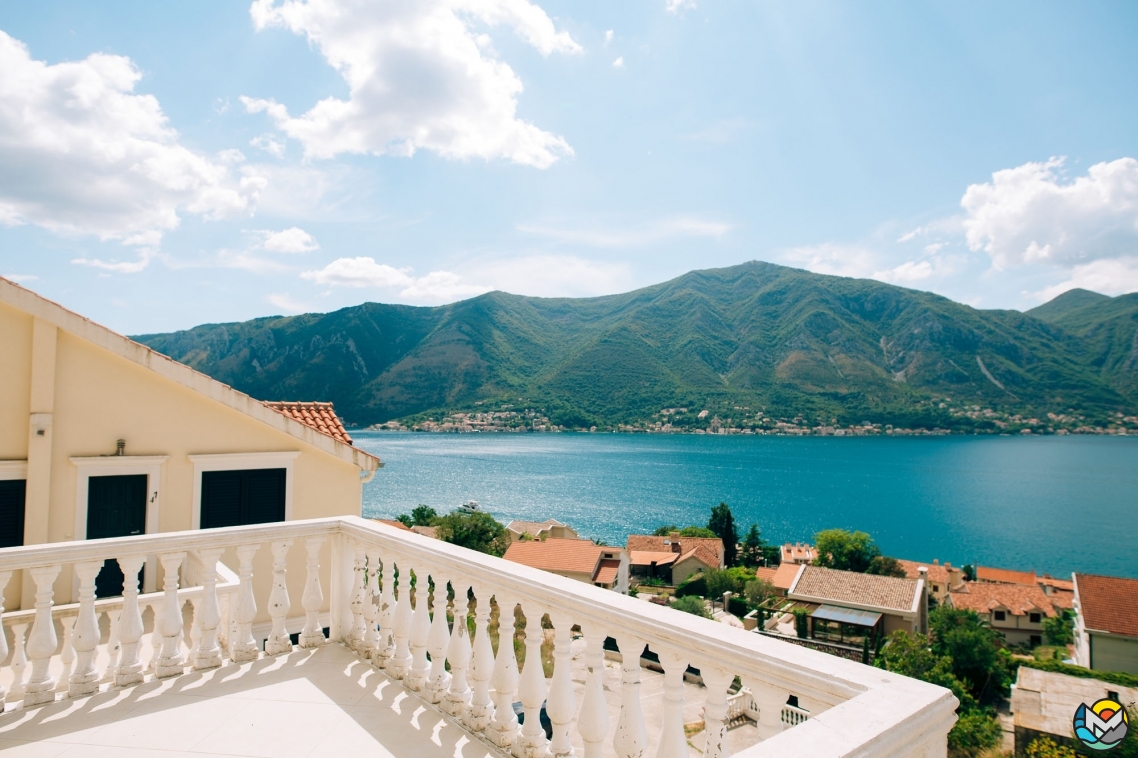
Every resort town on the seaside has its own character and charm.
Herceg Novi is full of ancient houses and stairs and is very close to the Croatian border, which might be convenient, but a bit far from the rest of Montenegrin cities that you might want to visit.
Tivat does not have a picturesque historical center, but is conveniently located near the airport.
Kotor is rightfully proud of its marvelous Old Town, but the water at the Bay of Kotor might not be the best quality.
Budva is the most expensive place to stay, hotel and restaurant checks will be 20-30% higher than in other cities, but there is burgeoning nightlife.
Tiny villages of Bečići and Rafailovići are neighboring Budva, but much quieter — a good choice for family vacation.
Petrovac is a cozy sleepy town, ideal for mothers with babies.
The city of Bar has developed infrastructure and all the tourist attractions, although some people do not like the proximity of the big commercial port.
Ulcinj is the southernmost town on the coast, it is near the border with Albania and very inexpensive, but traveling around the country from this point is not as convenient as, say, from Budva.
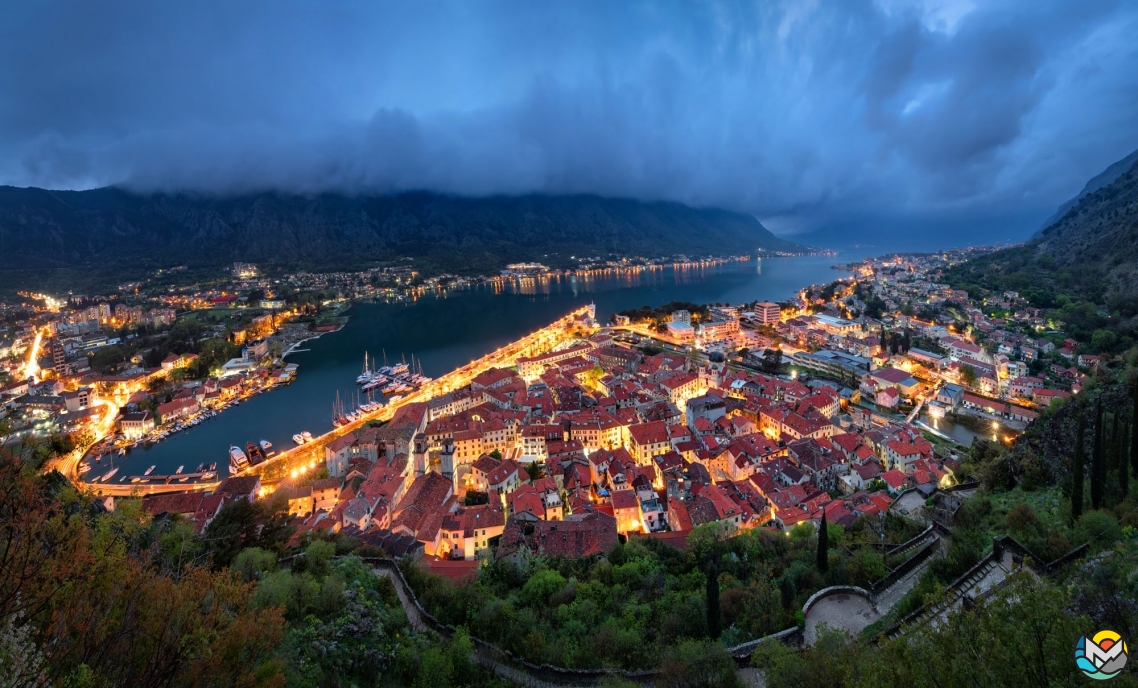
While staying in Montenegro, you have to pay a tourist tax. In coastal regions, it is not more than one euro per day. This tax is usually paid by the homeowners who register their guests. In hotels you will be automatically registered, and if you are renting an apartment from private owners, ask the owner if he will register you, or you need to do it yourself. The procedure is simple, you need to pay the required fees ( in accordance with the number of days ) in a local tourist center or post office.
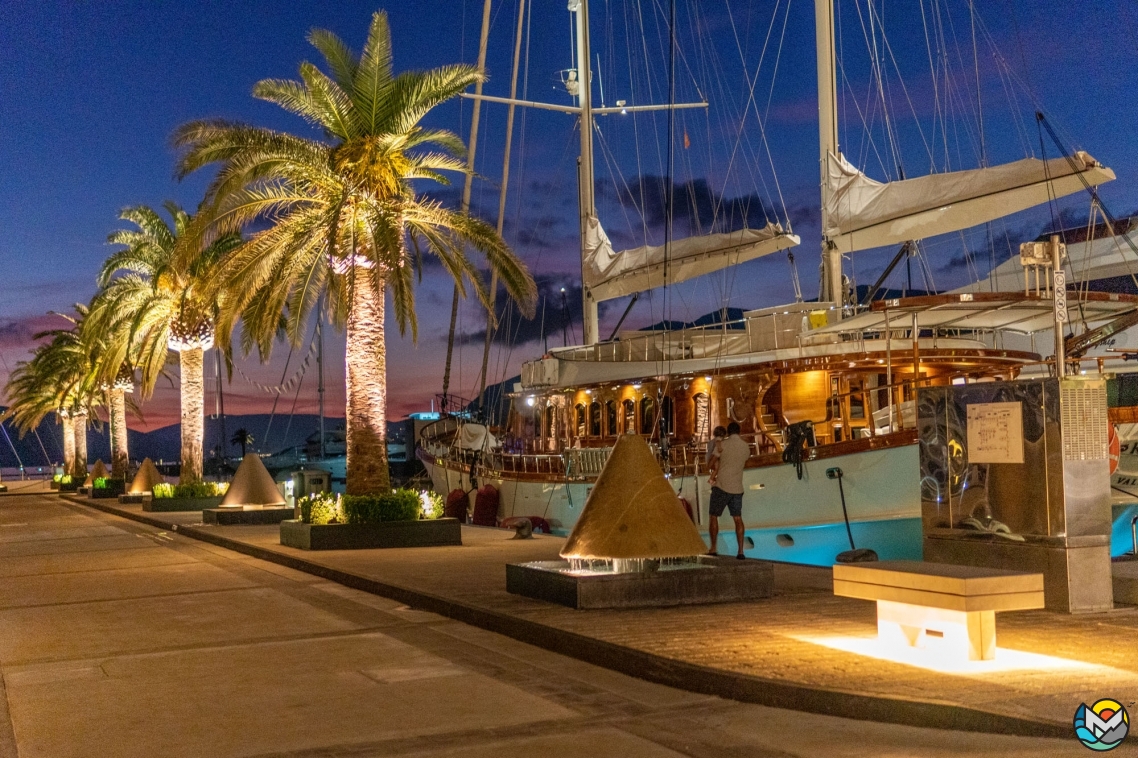
Transportation
The country has a well-developed bus service. There is a bus station in every town, you can easily travel around or to the neighboring countries, Bosnia and Herzegovina, Albania, Croatia, Serbia. In the summer season, carriers increase the number of buses on the line and add the seasonal routes to popular beaches.
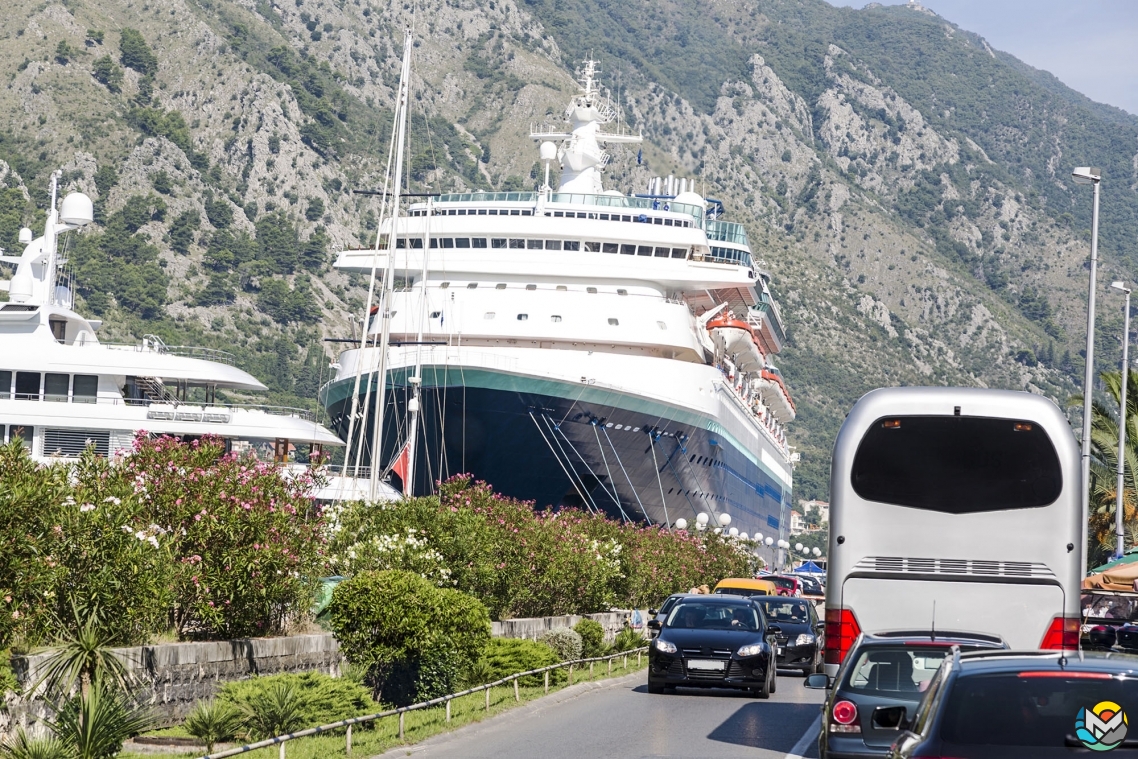
For the short trips, taxis are the best. Their rates depend on the city — more tourists, higher the price. At the peak of the tourist season, the number of taxis on the coast increases sharply, the drivers rush here from the other regions. Make sure, you use a big reliable taxi company, there are cases of outright fraud by drivers extorting a triple amount from naive tourists.
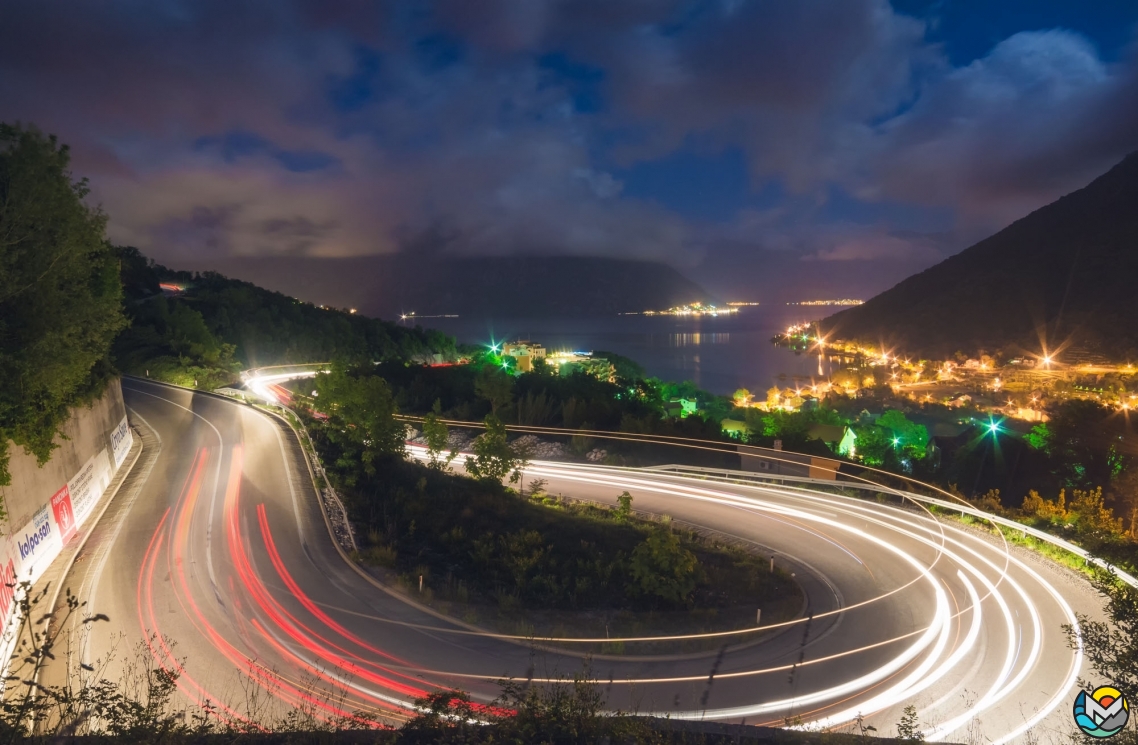
The only railway line operating in Montenegro connects the port city of Bar with Belgrade, the capital of Serbia. There are stops on the route, and some tourists travel by train from Bar to Skadar Lake or to Podgorica. The trip to Belgrade takes about 11 hours.
Montenegro is a paradise for backpackers, hitchhiking is very popular here. Montenegrin drivers are courteous and friendly, hitchhiking is safe here even for single young women.

There are historical sights and beaches that cannot be reached by bus (and a taxi will be crazy expensive). If you wish to visit those sights, it is best to rent a car. The country has a huge number of rental offices with cars for every taste and budget. The tourists are usually asked to leave a cash deposit (from 100 euros), which is returned upon delivery of the car.
If you have a navigator, traveling around the country would not be difficult. But be aware — most roads in Montenegro are mountainous and winding, and the locals drive rather risky. The cost of parking varies depending on location, reaching 2 euros per hour during peak season. In some cities, you can also rent a scooter or bike.
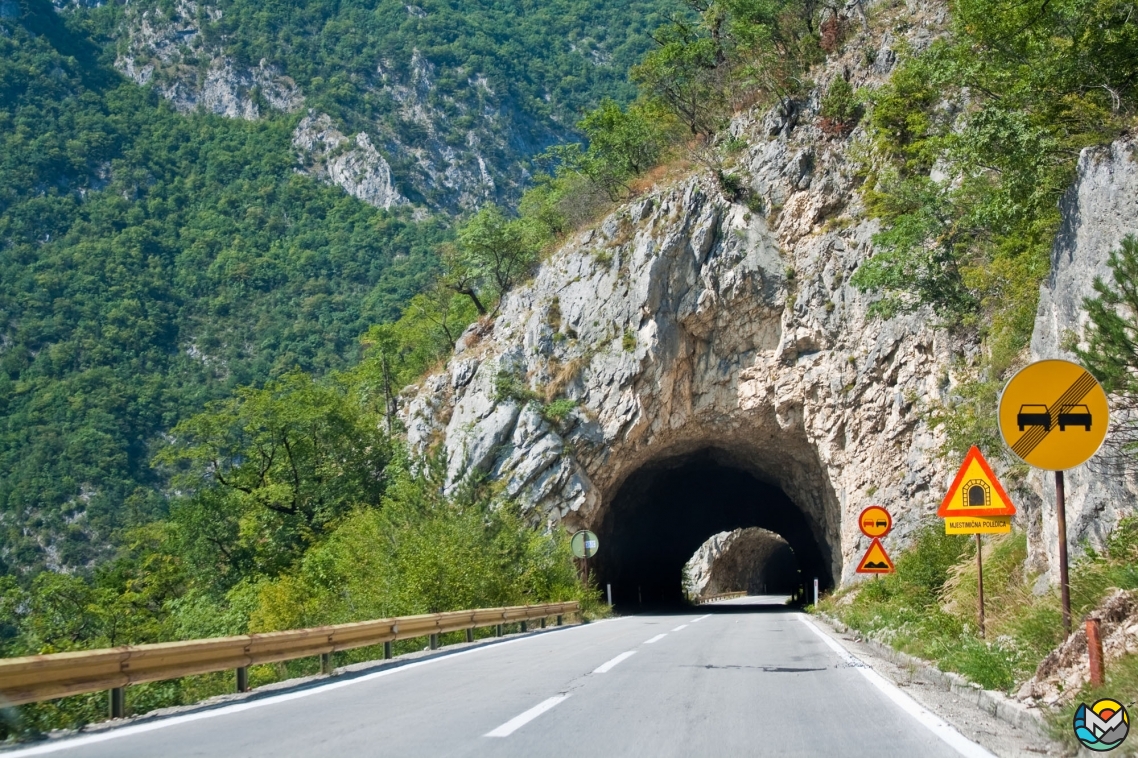
Cafes and Restaurants
Where to eat in Montenegro? There are hundreds of restaurants and cafes with traditional Montenegrin or innovative European cuisine. There are also places with an all-pleasing menu, where you can order steak, grilled fish, hamburger or pizza.
Some restaurants have — very thoughtfully — special menus and playgrounds for kids.
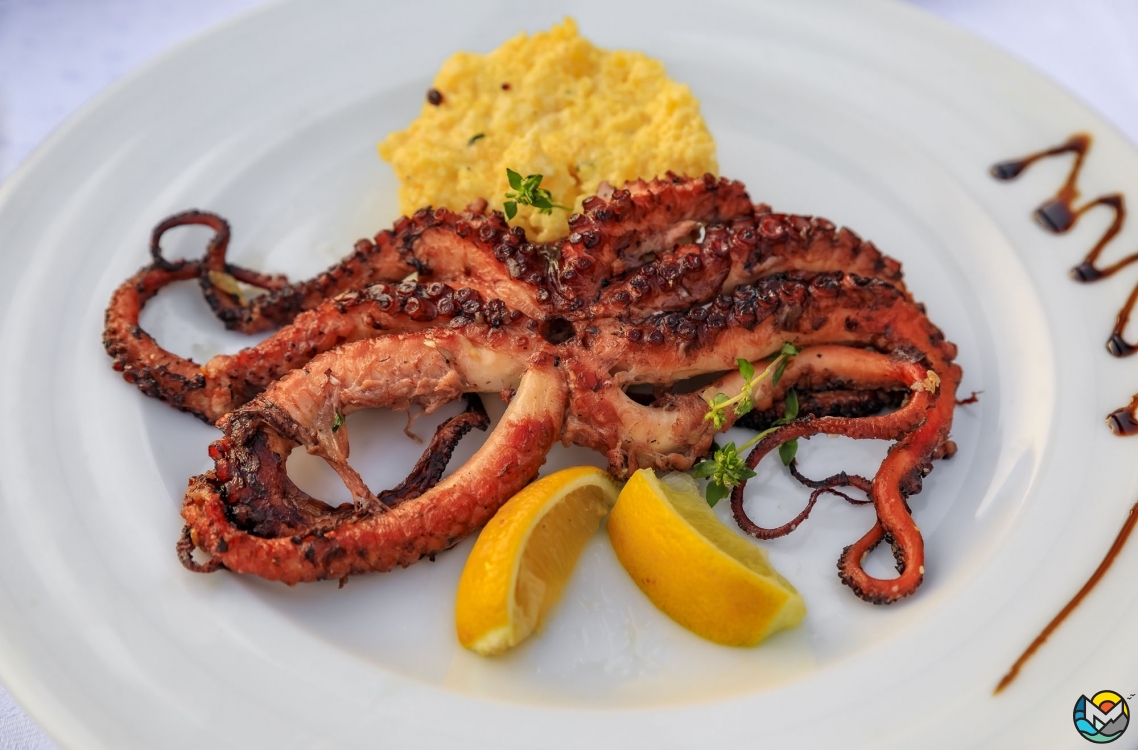
Local gastronomic specialties include grilled meat and fish, homemade sausages with vegetables on the side, and, of course, the famous meso ispod sača — veal or lamb cooked under cast-iron hood in the wood-burning stove for at least six hours. At the end, the meat simply melts in your mouth.
Seafood lovers will enjoy freshest fish, calamaries, shrimps, mussels.There are multiple farms at the Bay of Kotor and around the Skadar Lake.
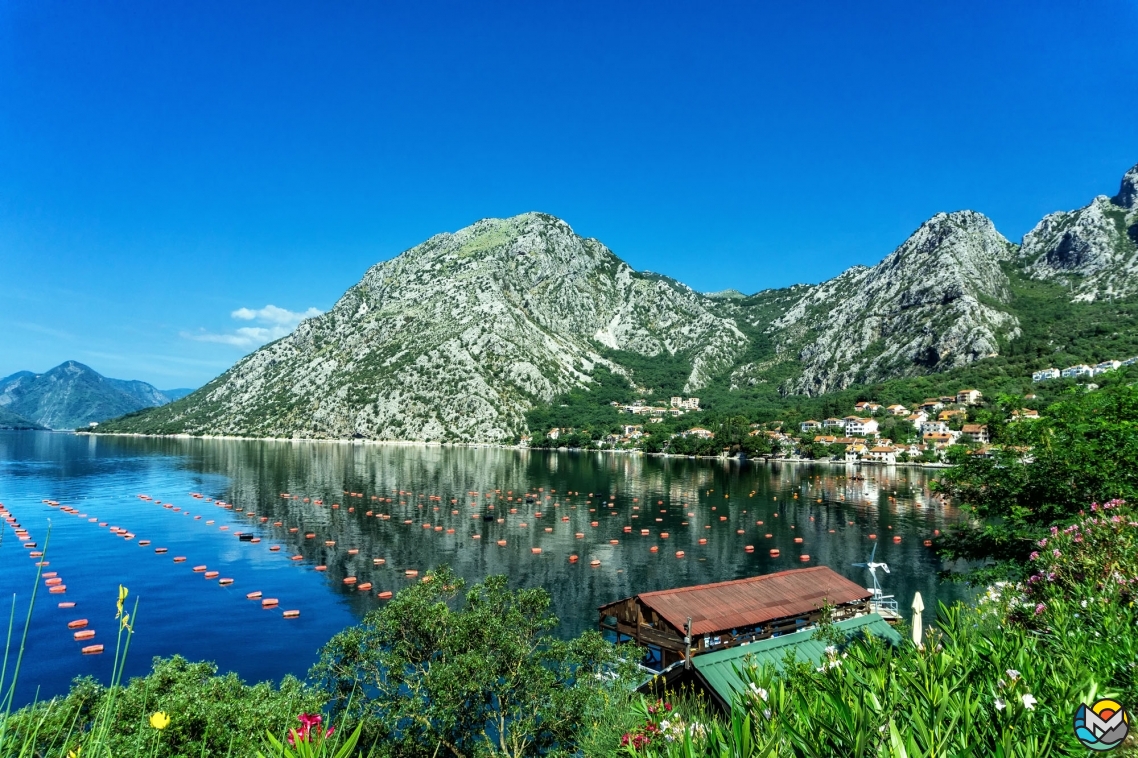
The portions in the local restaurants are usually quite big. If you did not finish your meal, do not hesitate to take it home, your waiter will put everything in a box.
Tips are about 10% of the check, some restaurants include tips on the bill, (look for the word couvert), about 1 euro per person.
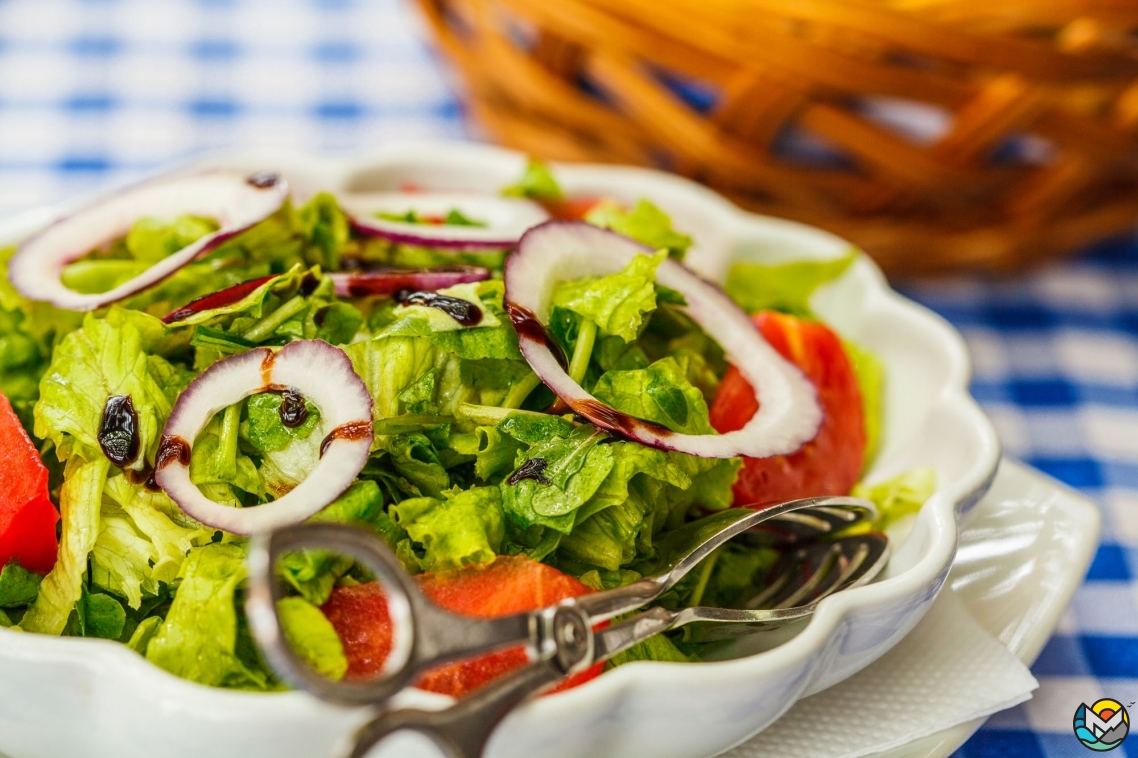
And check the numbers — in the midst of the tourist season, some joints strive to add extra beer or an appetizer, that you did not order. Unfortunately, this is a setback of seasonal resort life.

But at the local farm markets, very likely, you will get some fruits and vegetables for free, especially if you come with kids. Local matrons are sweet and generous.
Beach Vacation
The quality of public beaches is always under the state control. Some beaches in Montenegro annually receive the prestigious Blue Flag environmental award, but we can safely say that the sanitary standards are kept everywhere, there are locker rooms, toilets and showers.
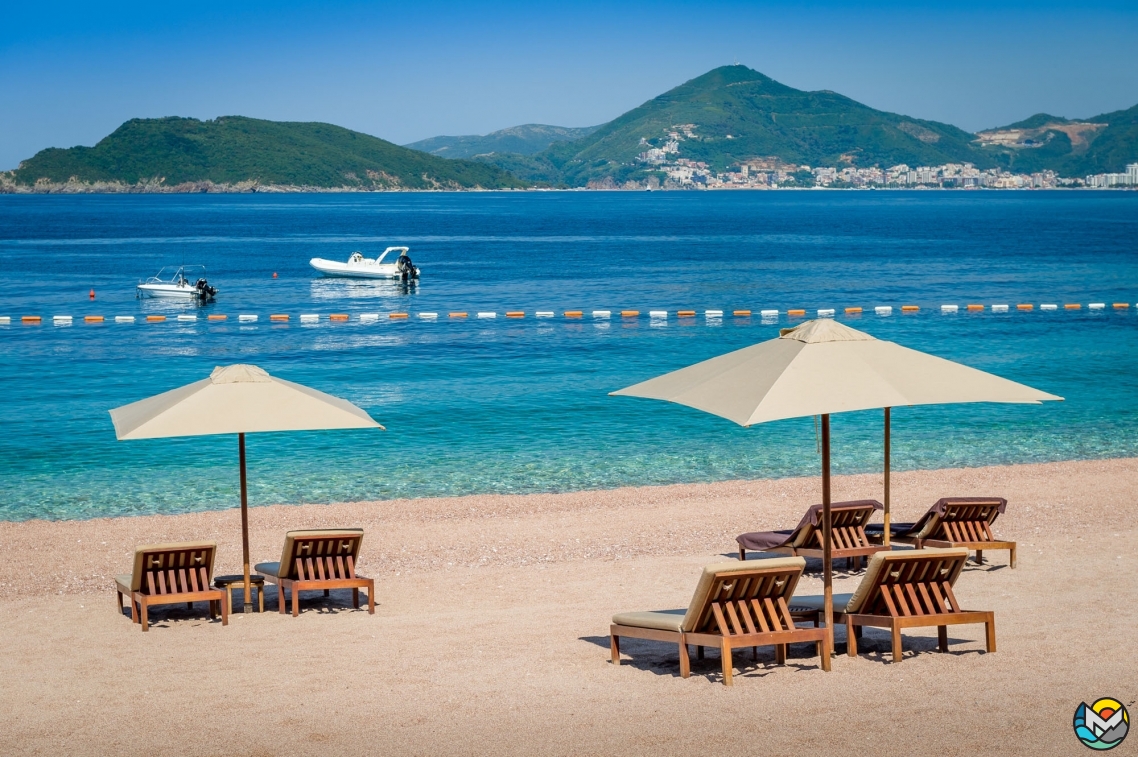
The water off the coast of Montenegro is clear not only because of the good ecological situation, but because the sea bottom is pebbly, not sandy. Tourists often wear special Aquashoes, tight rubber slippers for comfortable walking on rough surfaces. Another reason to use these shoes is sea urchins inhabiting the coastal cliffs. If you plan to swim outside the equipped arias, the risk of stepping on a sea urchin is high, and it is very unpleasant.
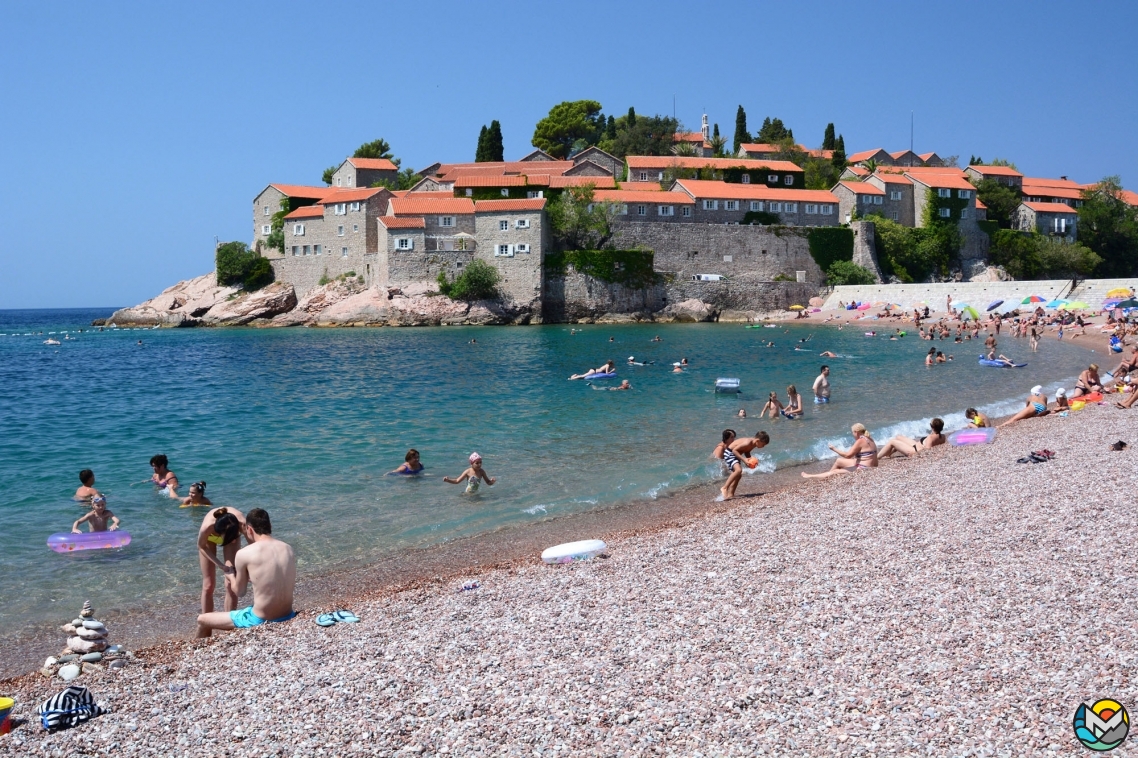
Most of the beaches on the coast are pebbled and some are just concrete platforms that stand out in the sea. There is a 12-kilometer coastal strip with the finest volcanic gray sand, the so-called Velika Plaža, Great Beach, stretching from the border with Albania to Ulcinj. This is a kiting heaven. Hundreds of colorful kites, soaring into the sky above the sea, delight the eyes of the beachgoers. However, the strong wind carries away umbrellas and towels, so it is more comfortable to visit the Great Beach in the morning or after 6 pm, when the wind subsides.
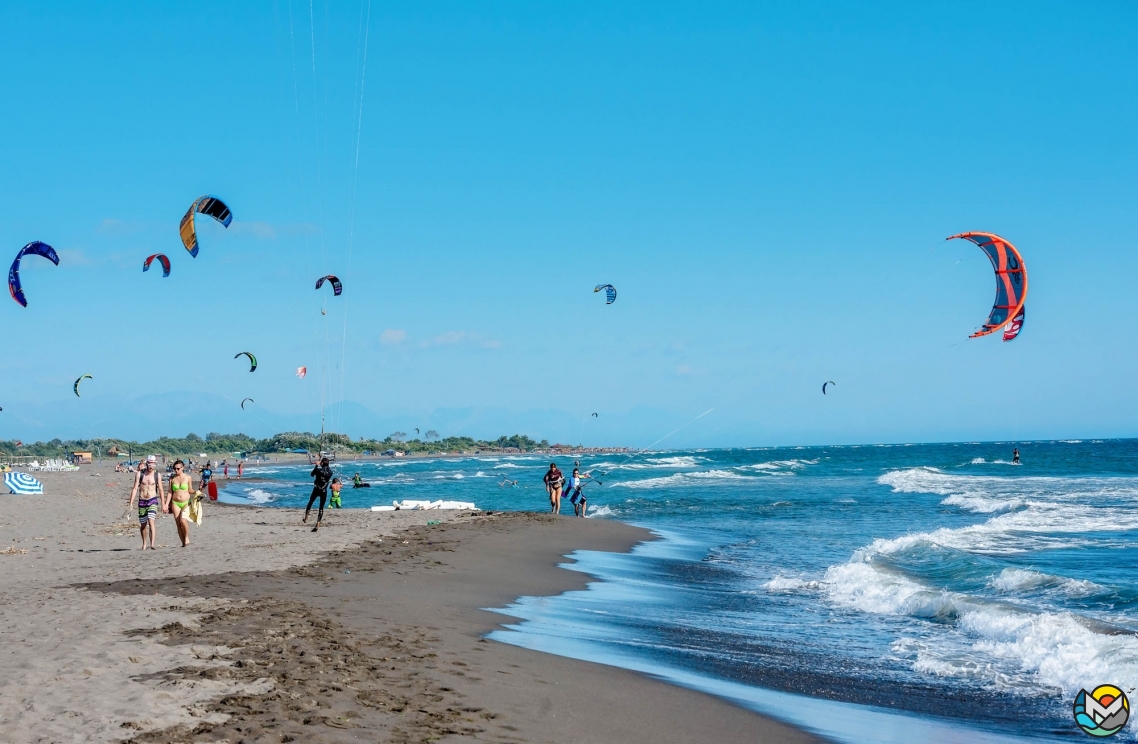
By state law, a small part of any beach in Montenegro is open to everybody and free of charge. You can sit on your own towel and set your own umbrella. However, those free zones are always crowded. Paid sunbeds and umbrellas occupy a larger part of the beach. The price varies, usually it is from 7 to 15 euros per day for two sun loungers and an umbrella. The same set in more swanky places can cost you 100 euros per day.
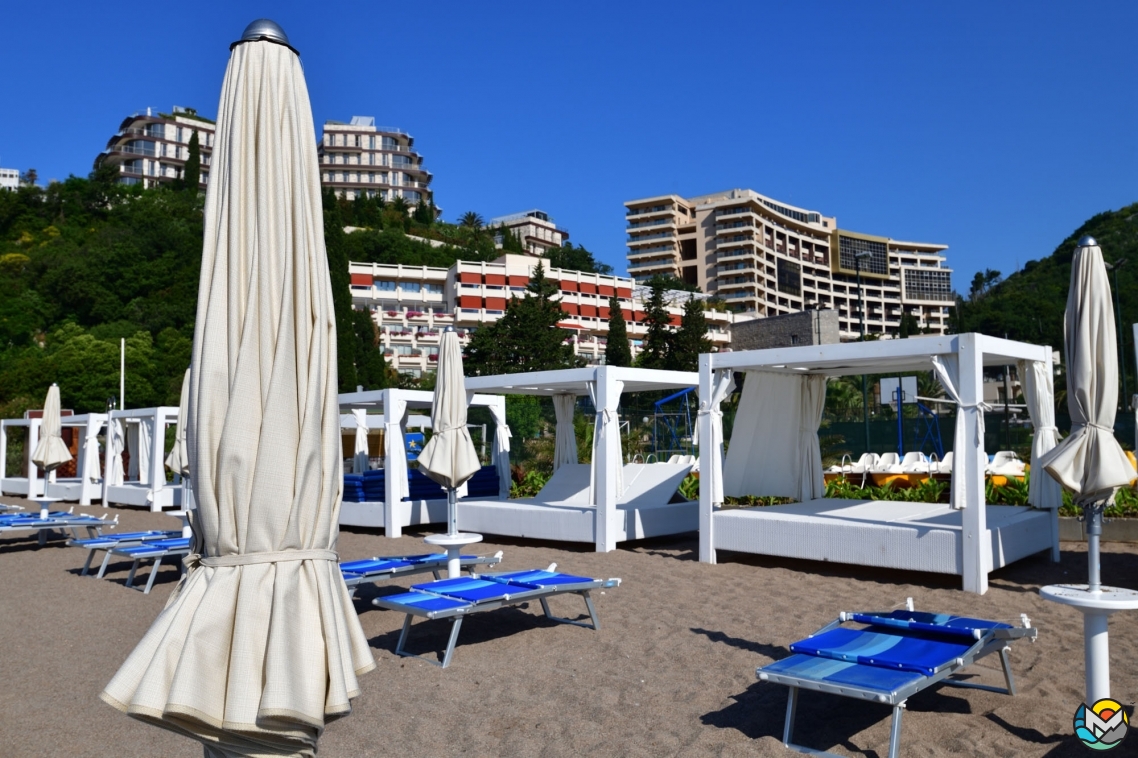
Any item that a tourist may need, from towels and rubber slippers to a bottle of water and ice-cream, can be found in numerous little shops along the coast.
In case you intend to drive the car to the beach, be ready to pay from 3 to 6 euros per day for a parking space — if you are lucky to find it.
Sights
There are many historical sights for curious tourists — romantic Venitian towns, ancient churches, Roman mosaics. The UNESCO-protected Kotor Old Town is a real gem of medieval architecture. Picturesque Perast, charming Herceg Novi, sunny Bar welcome you to the antique streets; the history of Budva totals 2500 years.
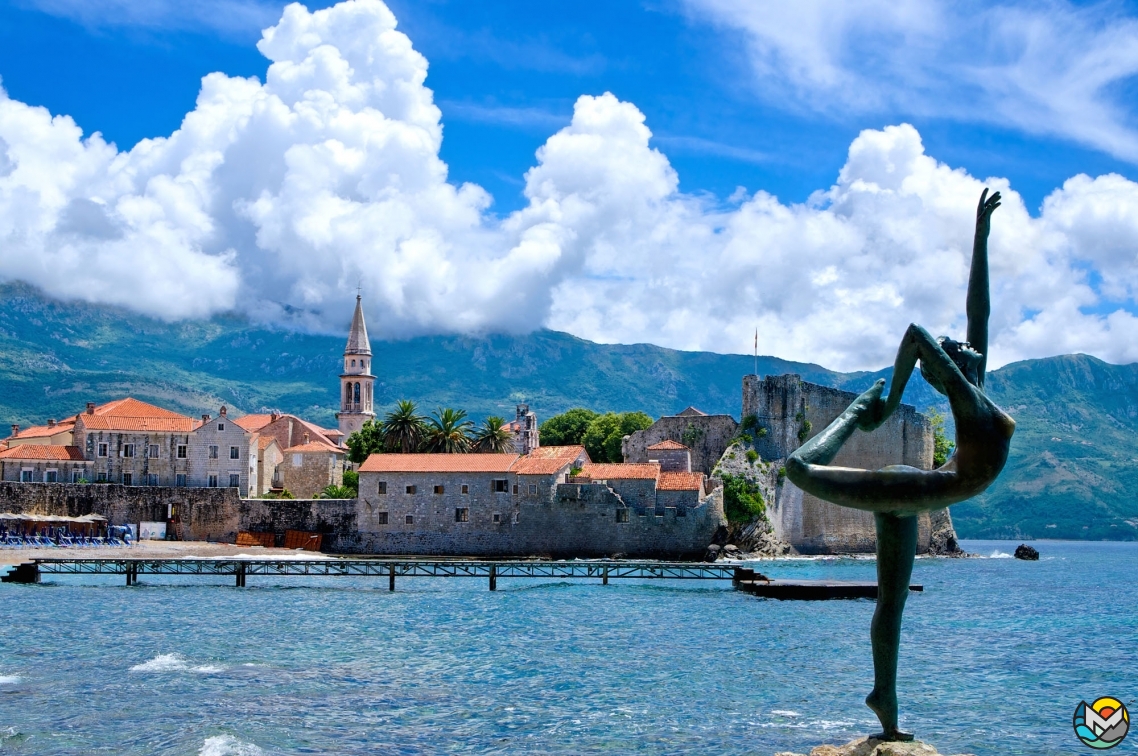
The Montenegrin monasteries are amazing. They are working, and the flow of pilgrims does not dry out. Often, monasteries are located in remote places — in order to protect Christian shrines from invaders. To see the legendary mountain monastery Ostrog or the Morača monastery, hidden in a deep canyon, tourists have to travel by bus or car for several hours. Well, travel time is more than paid for by the fantastic scenery along the road.
The main monastery of the country, located in the old capital of Montenegro, the city of Cetinje, stores the Hand of John the Baptist. Strict monks show this treasure only to Christian visitors.
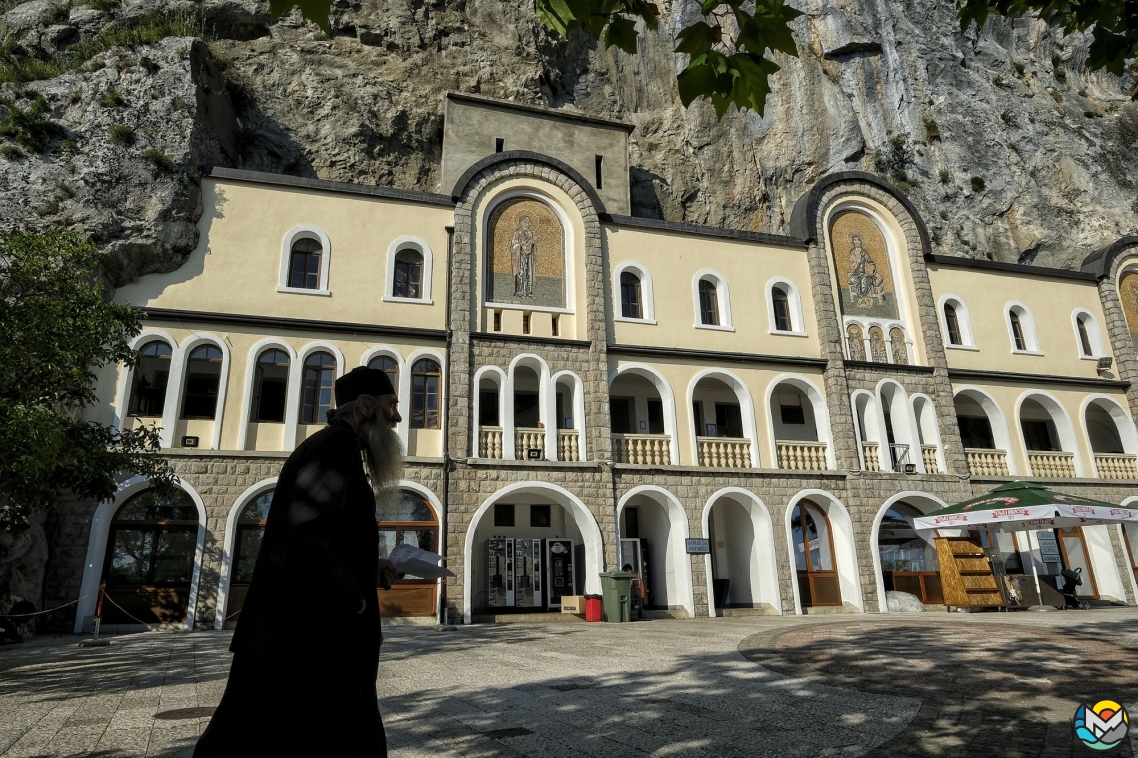
Montenegro is famous for its breathtakingly beautiful and unique nature. The Skadar Lake, for example, is the largest lake in the Balkans, and a home of several bird reserves.
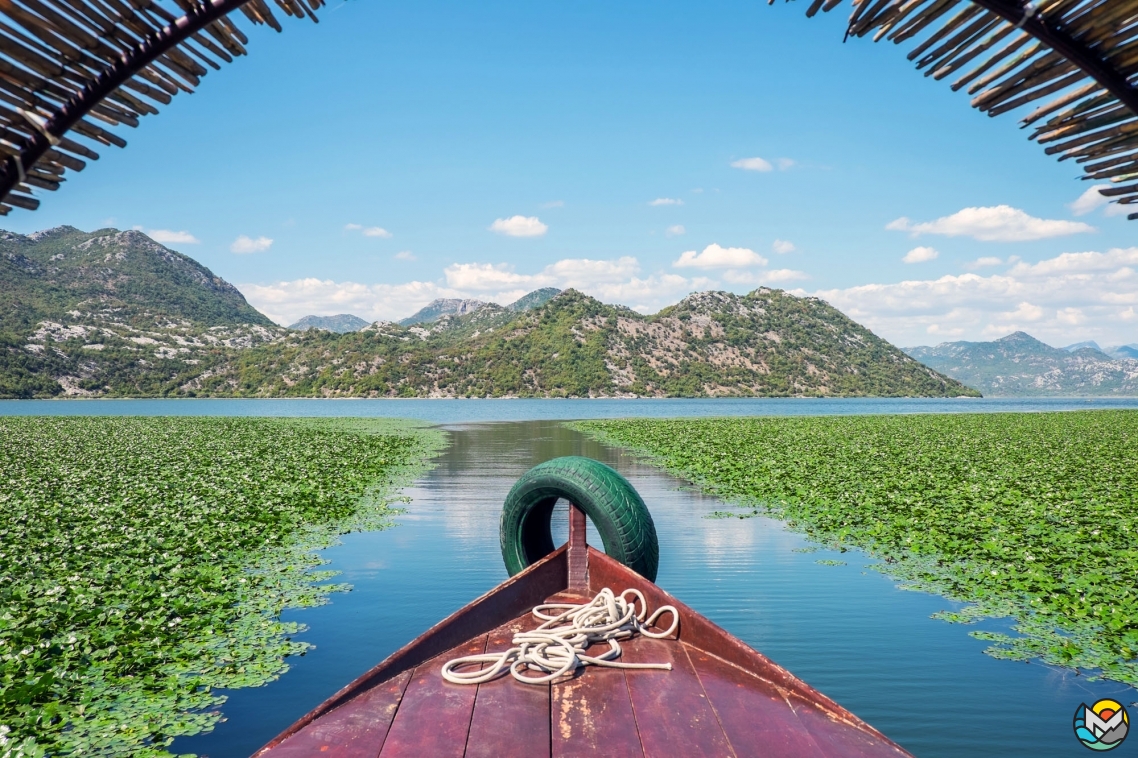
Piva Lake and Black Lake are surrounded by dense intact forests. The Tara River canyon is the deepest canyon in Europe.
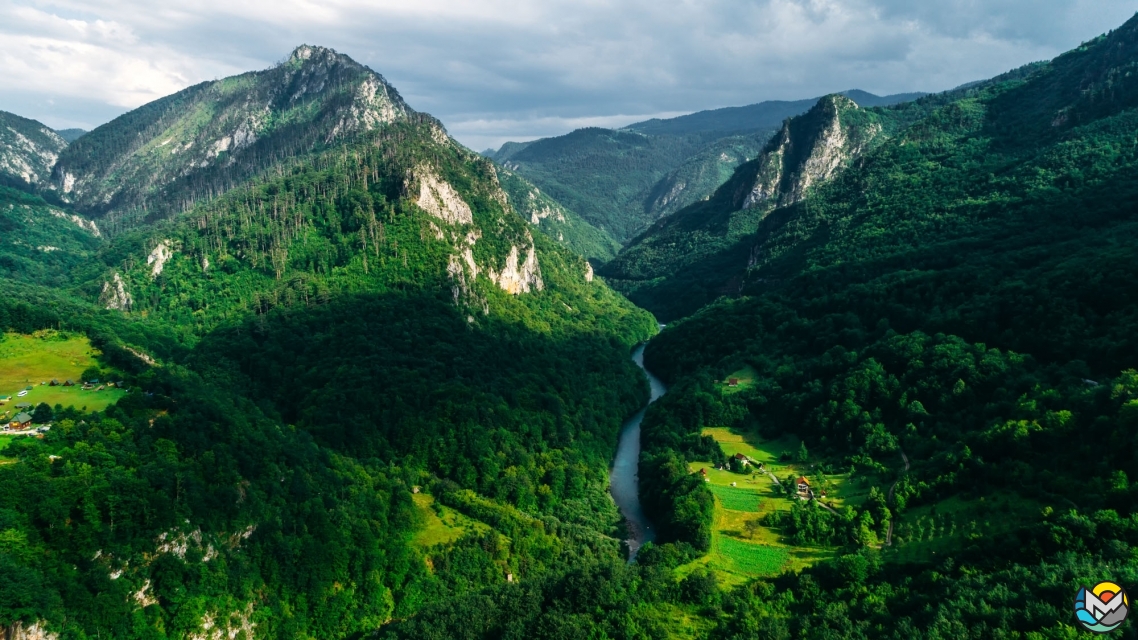
There are several national parks in Montenegro. The way to the Durmitor National Park from the coastal resorts takes about 4-5 hours, but its beauty will stay in your heart forever. Nearby is the Đurđevića Tara Bridge and the longest — more than one kilometer — zip-line in Europe.
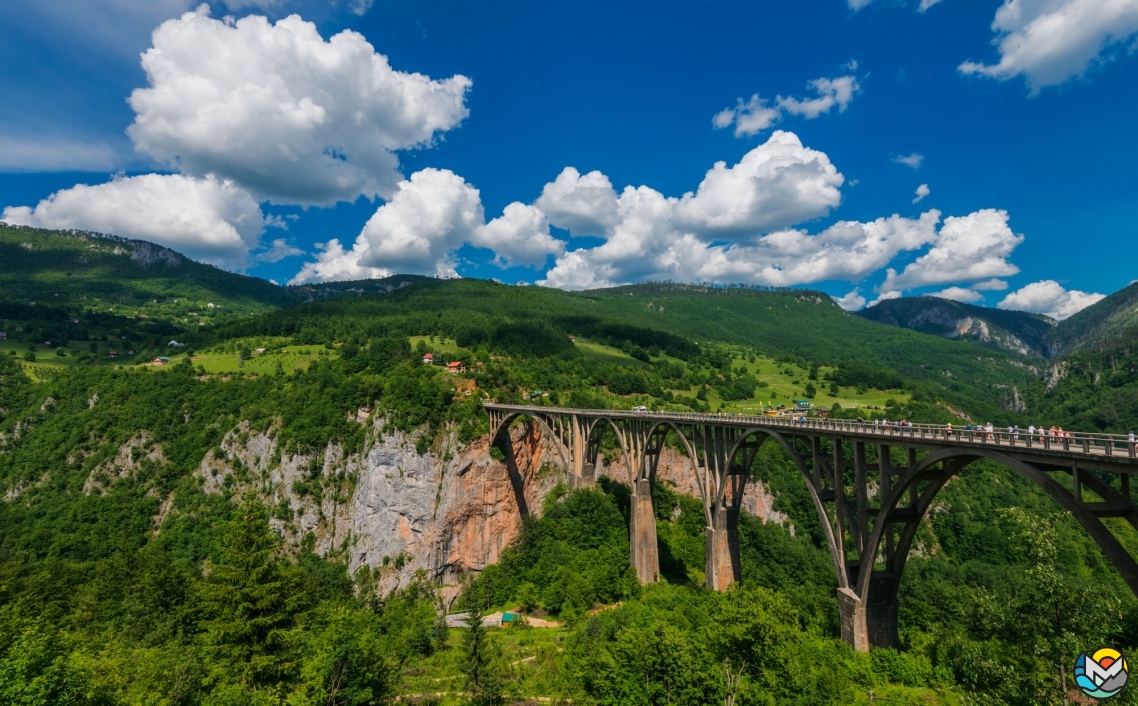
If you can not travel to the north of the country, visit the Lovćen National Park, located just forty minutes away from the coast. On the high Mount Lovćen stands the mausoleum of Petar II Petrović-Njegoš, the country’s beloved ruler. The observation deck next to the mausoleum offers unforgettable views of tens of kilometers around.
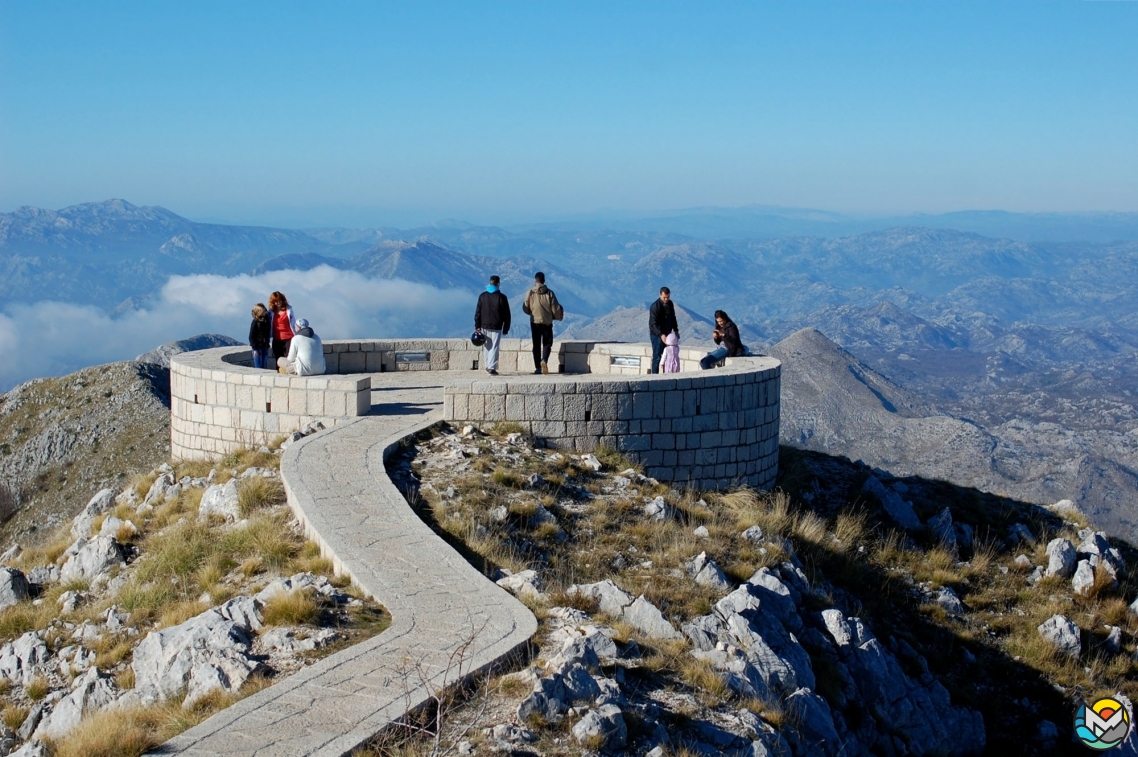
You can visit all those places as part of an organized trip, there are countless travel agencies in the coastal cities. Keep in mind that some of these tours take a whole day and might be exhausting for small children. The prices vary from 18 to 40 euros per person.
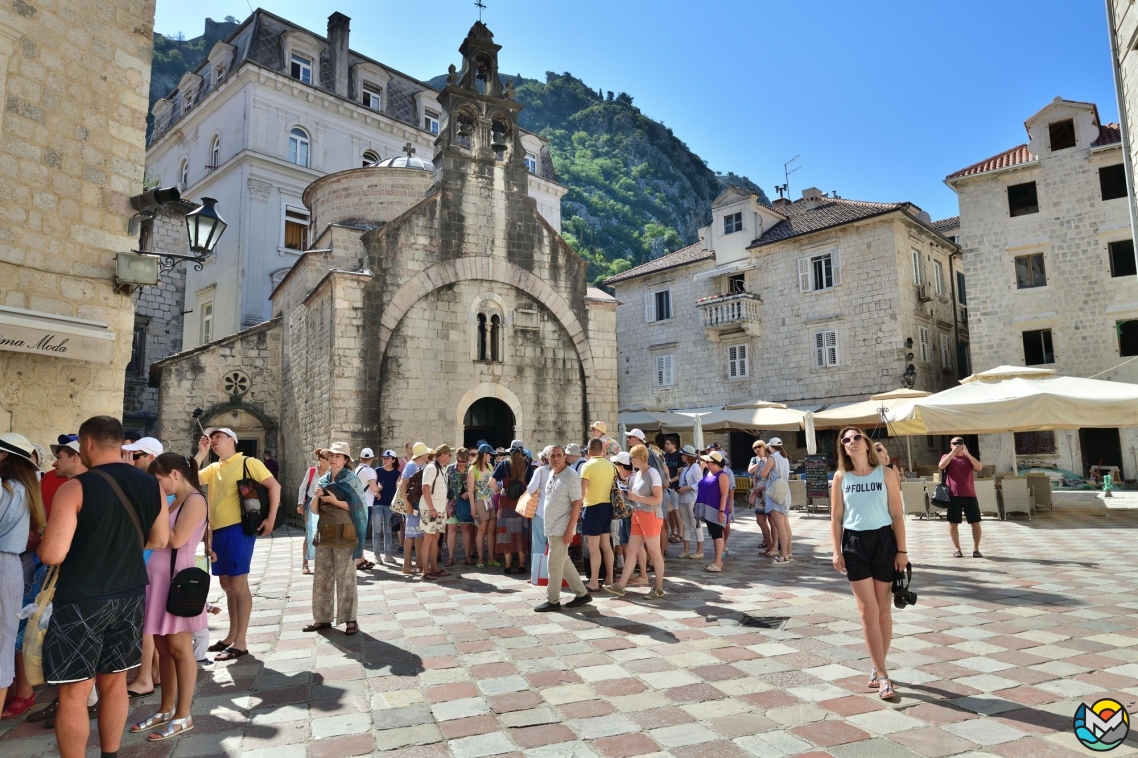
Sea cruisers are much more pleasant on a hot summer day. Numerous water excursions will take you to the Bay of Kotor and its medieval towns, to the picturesque island of Sveti Stefan or to the Blue Cave, another unique natural attraction of Montenegro. If you want to go fishing, small boats moored in any marina are equipped with fishing rods and promise a fantastic catch.
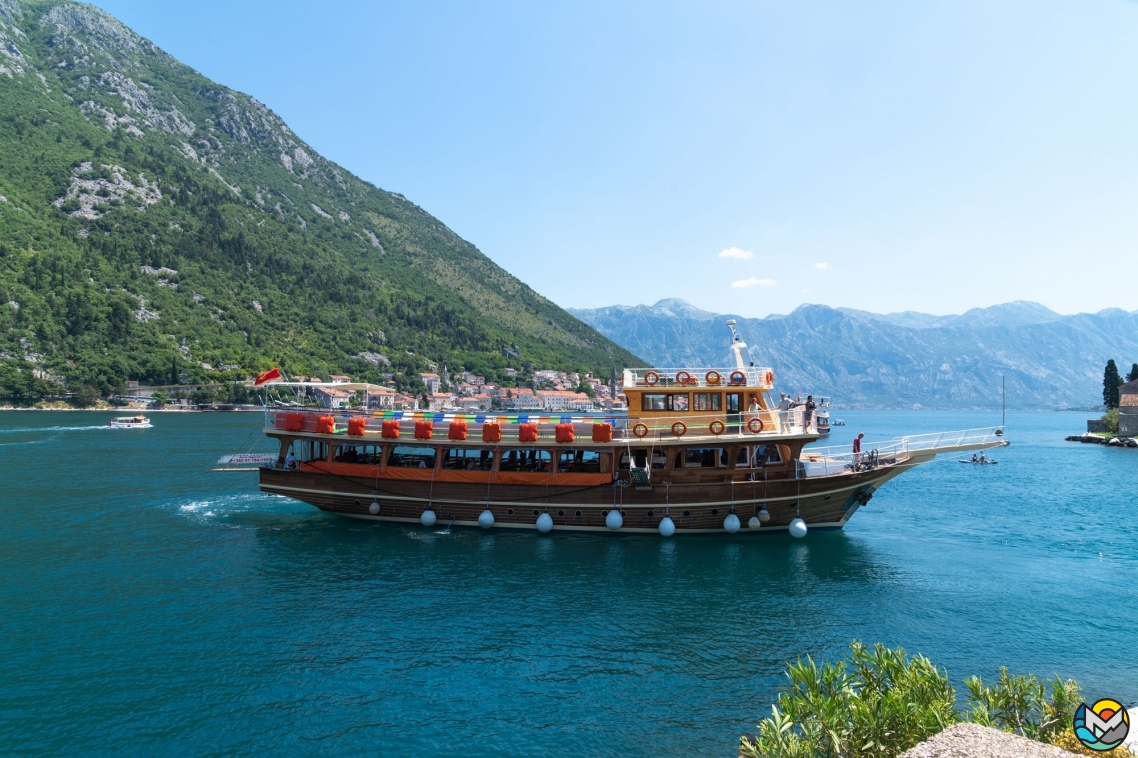
Neighboring Countries
The miniature size of Montenegro allows tourists to make short voyages to the nearby countries, Bosnia and Herzegovina, Albania, Croatia. Travel agencies offer easy day trips to Trebinje, Mostar, Dubrovnik or Tirana.

Bosnian cities are very authentic and cozy; go to Tirana for its striking architecture and diecent shopping; the Croatian Dubrovnik is a gem of the Adriatic and attracts tourists from all over the world as the filming sight of the hit series Game of Thrones.
In addition, both Bosnia and Herzegovina and Albania are gaining popularity as gastronomic destinations, the food there is fresh and delicious, and the bill from the restaurant will pleasantly surprise you.
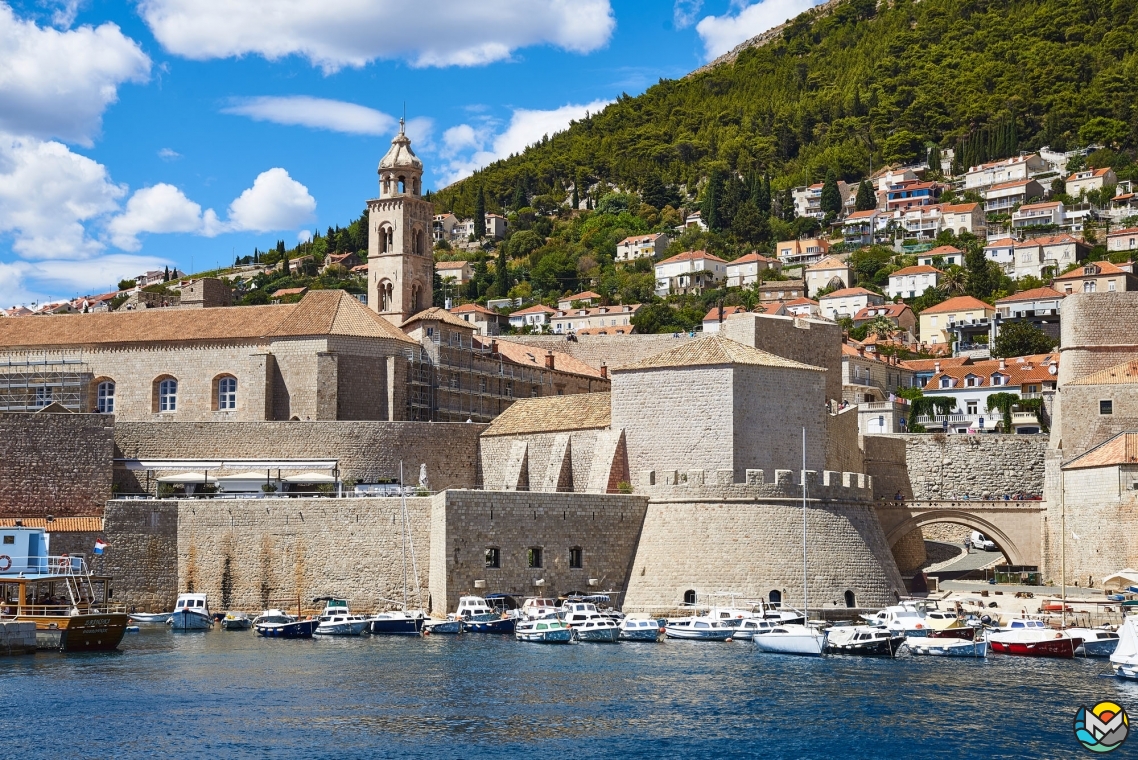
Entertainment
Night clubs provide live music and inexpensive drinks, the entry is free, unless a big star performs.

Families with kids will enjoy visiting a large water park, opened a few years ago in Budva. It has seven slides of different heights and complexity, wave pool, lazy river, kids area, several bars and a restaurant. The park is built on a hillside, it provides magnificent views of the sea and Budva lying below.
A special bus runs from the city to the park, the ticket is 1 euro. The cost of entry to the water park is 18 euros for adults and 15 euros for children ( from 100 to 130 centimeters high). The tiniest visitors are free of charge.
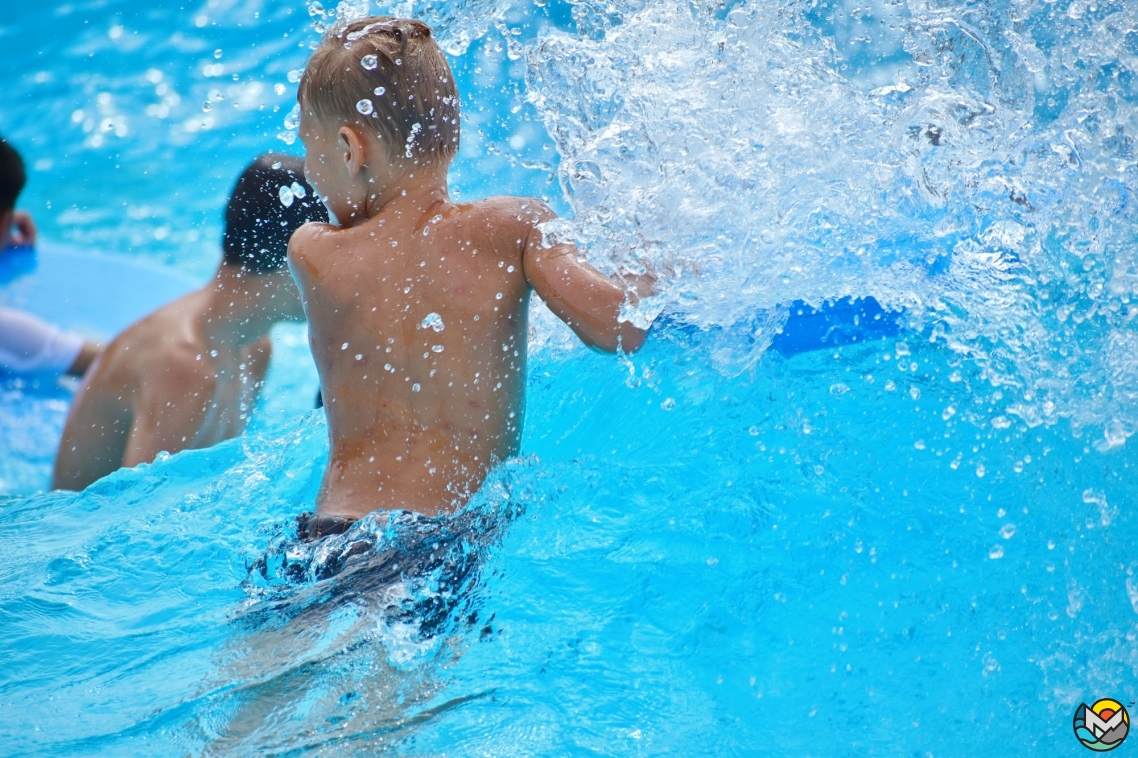
During the tourist season, amusement parks open in the major coastal cities. Ferris wheels, carousels, trampolines crowd the seaside promenades, they are fun and cheap, the ticket price does not exceed 2 euros.
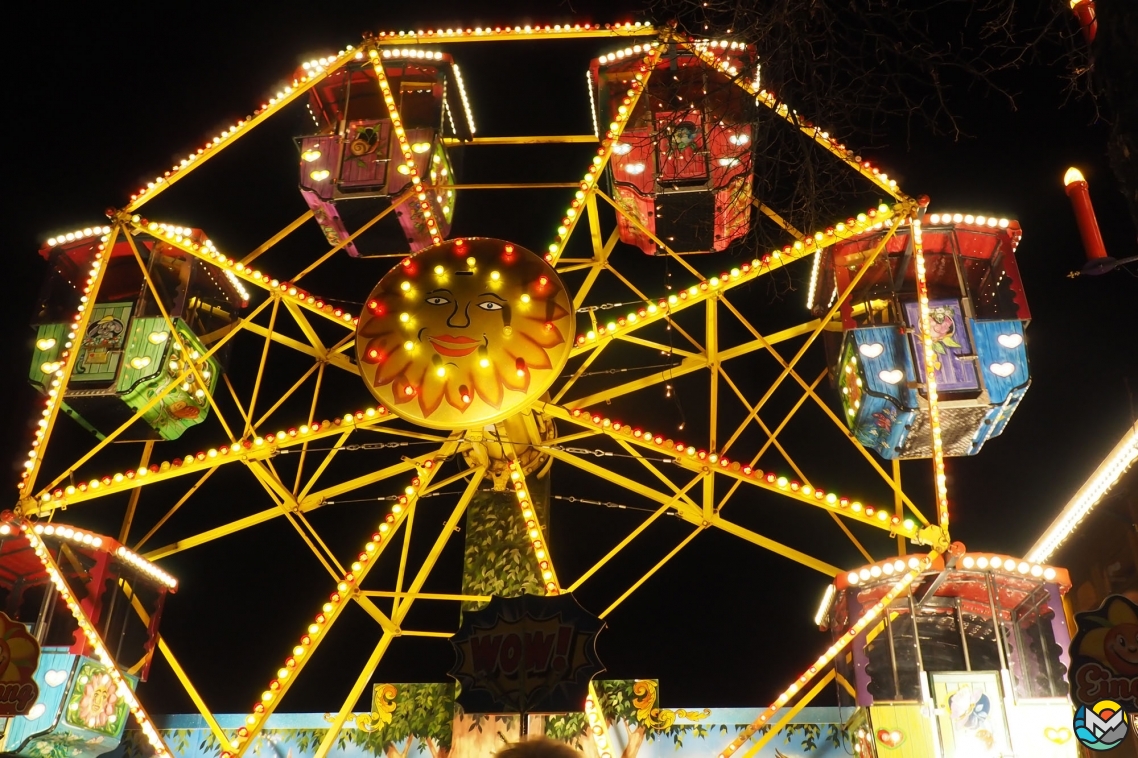
There are several adventure parks. The largest of them is in the Lovćen National Park. The park is a course of rope trails, well-equipped and supervised, set up high in the trees. The difficulty varies from a simple route for kids to a serious track for physically prepared adults. The ticket prices are from 8 to 18 euros, depending on the age of the visitor.
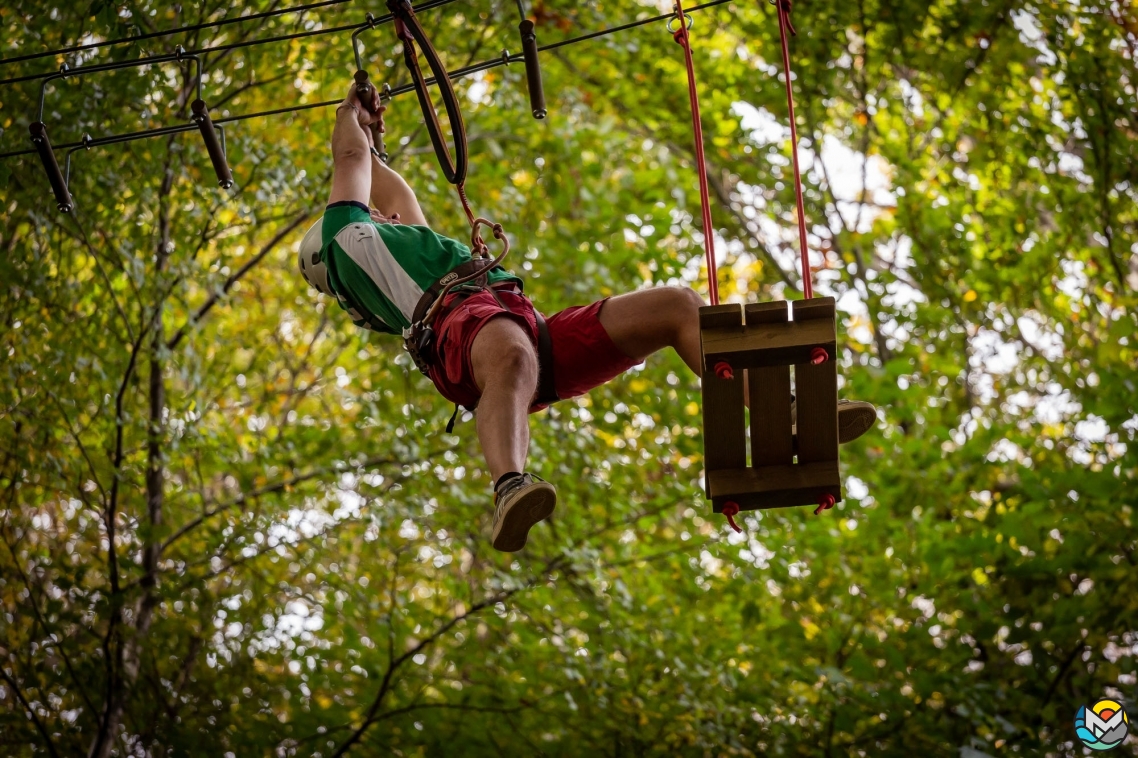
On and off season, Montenegro attracts hiking enthusiasts from all over the world. Rafting and diving are also excellent here, considering you prefer an active vacation.
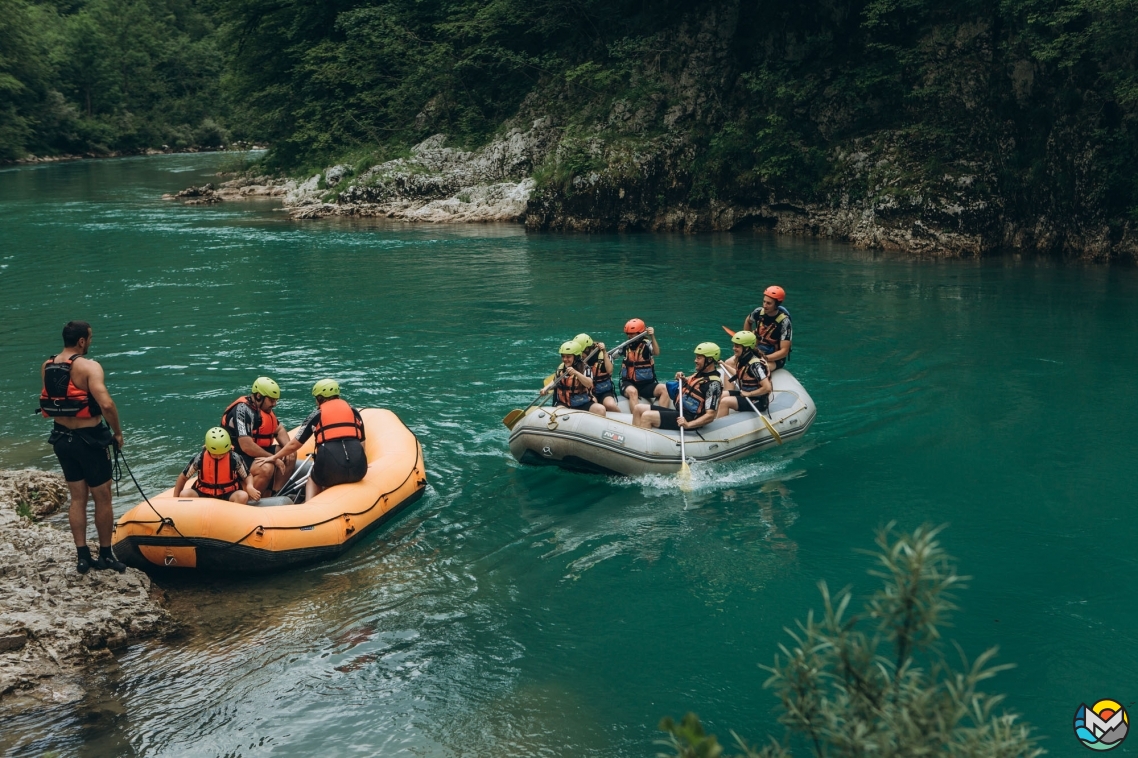
In recent years, the Montenegrin ski holidays are gaining popularity. The Infrastructure is constantly improving in resorts of Kolašin and Žabljak, new slopes and lifts are opening up, and the prices for ski passes and accommodation are much lower than, say, in Switzerland or France.
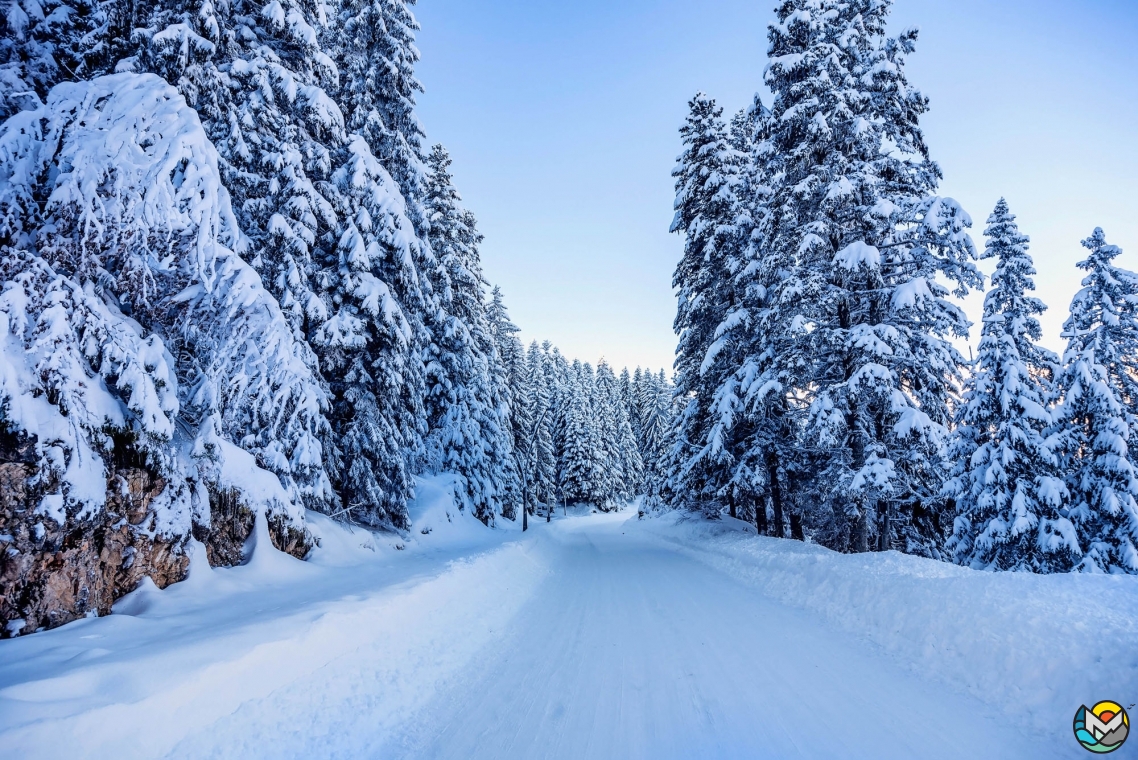
Festivities
Montenegrins love all kinds of celebrations! Throughout the year, there are multiple gastronomic festivals dedicated to local specialties, like olive oil, wine, beer, corn porridge and so on.
These events are merry and lively and attract a lot of guests. They also praise Montenegrin traditions and hospitality.
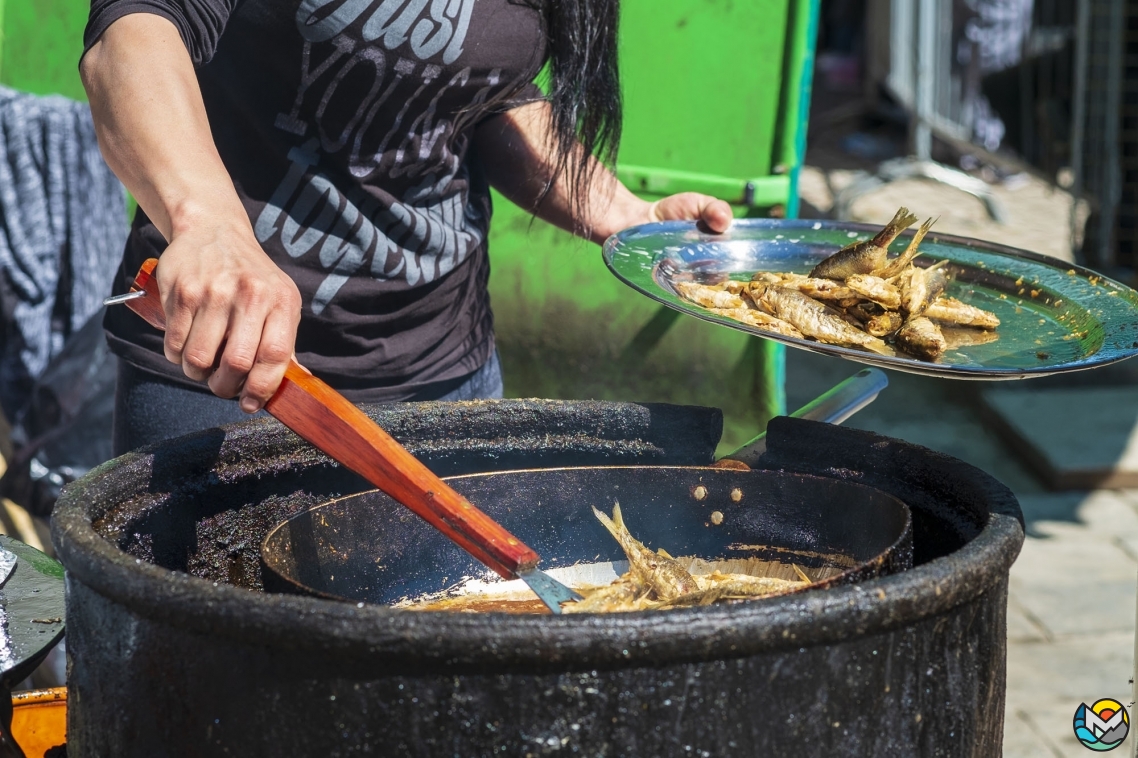
Famous Mimosa Festival in Herceg Novi lasts a whole month and offers a busy program — parades, fairs, concerts, even a masquerade ball. Another flower bash is the Camellia Festival, which is held in the small Bay village of Stoliv.
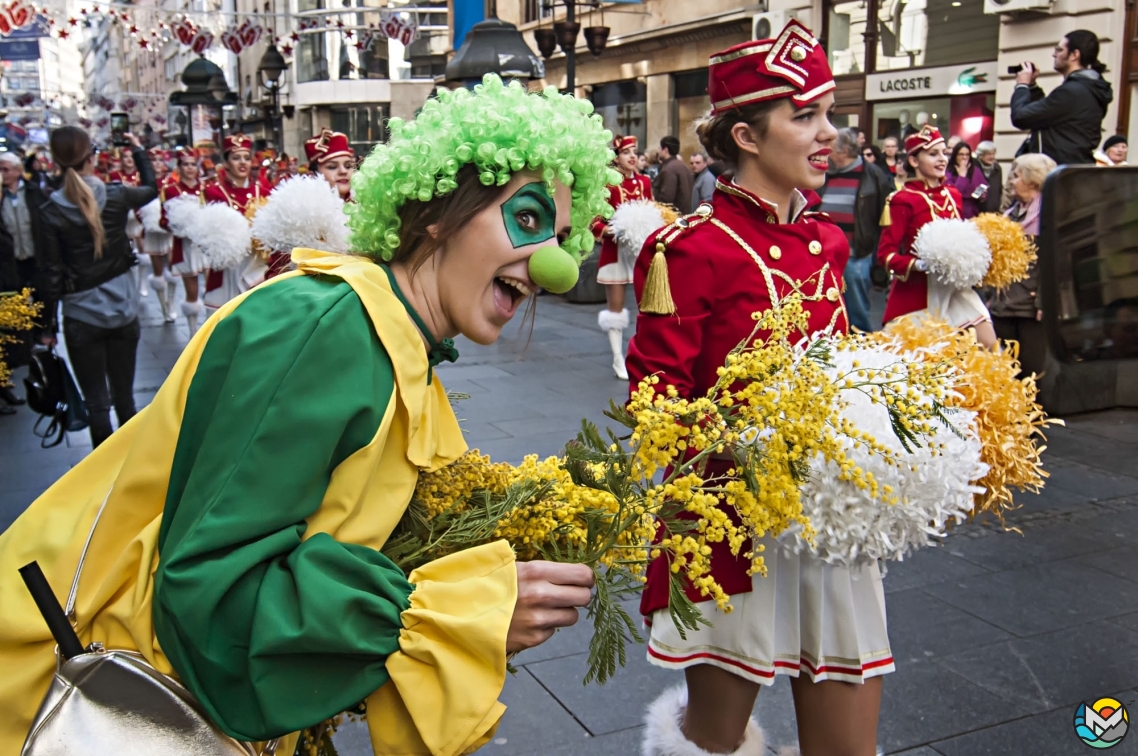
In Budva, an annual carnival launches the tourist season every May. The teams from around the world — even from South America! — come to participate in the bizarre costumed parade.
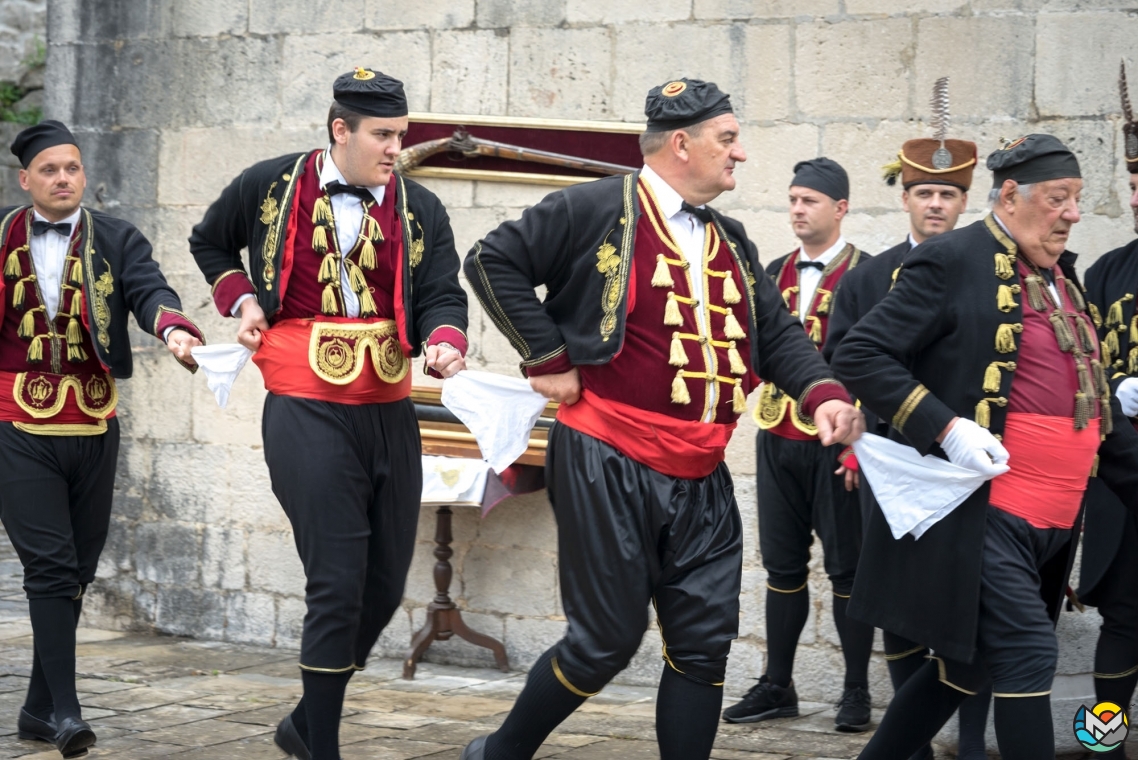
Ancient Kotor holds Venetian-style carnivals twice a year, in winter and in summer. These are the largest and most striking events of this kind in Montenegro, the tradition goes back 500 years. The pick of the celebration is a cheerful parade on the Kotor embankment. Both winter and summer carnivals honor Montenegrin heritage and attract an array of tourists.
The Boka Night is another interesting event at the Bay of Kotor. On a warm August evening, crowds of people pour out onto the coast to watch the boat procession. Each boat is extraordinarily decorated and brightly illuminated — the picture is truly unforgettable!
Shopping
Let us say, Montenegro is not the paradise for shopaholics. There are a few fairly large shopping malls in Podgorica , a couple of shopping centers in Budva, several upscale boutiques in Tivat’s Porto Montenegro area — that is about it.
Tourists buy local souvenirs and delicacies, for example, Njeguški pršut. That specialty of the village of Njeguši is the dry-cured ham with an amazing taste and aroma, thanks to the special climate zone.
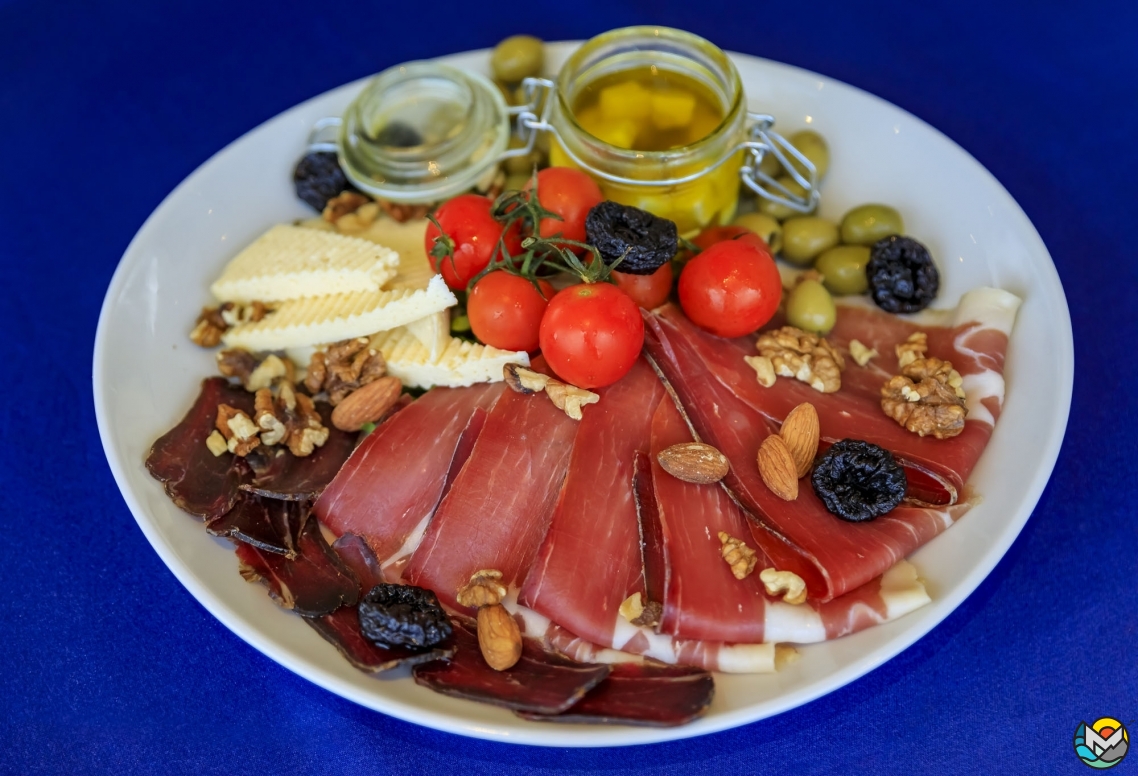
Montenegrin homemade dairy products are also delicious, especially young cheeses, which are often made with olives, nuts or berries. And, of course, local olives and pungent olive oils are always on demand.
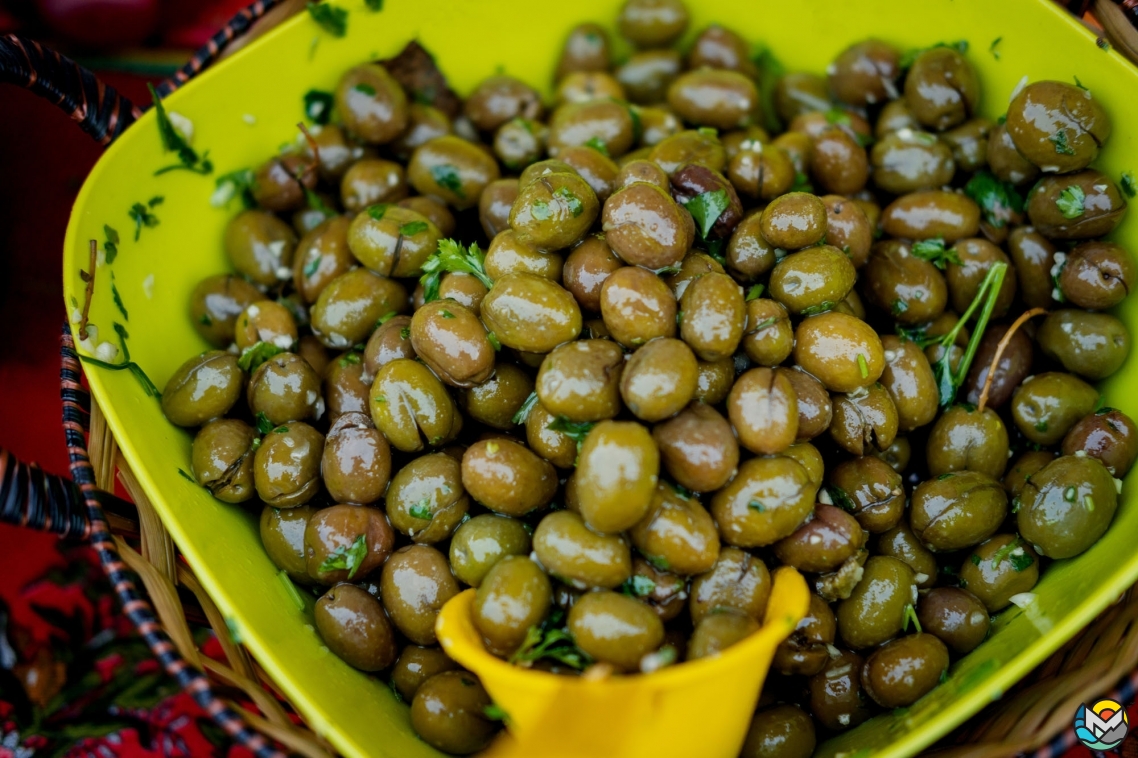
Any tourist will appreciate Montenegrin wines. Dry white and red wines are excellent here, and you should definitely try homemade wines made from figs, mulberries, cherries etc. Rakija, the local moonshine, is tasty and fragrant, the producers use quince, plums, apricots — the array of mediterranean fruits.
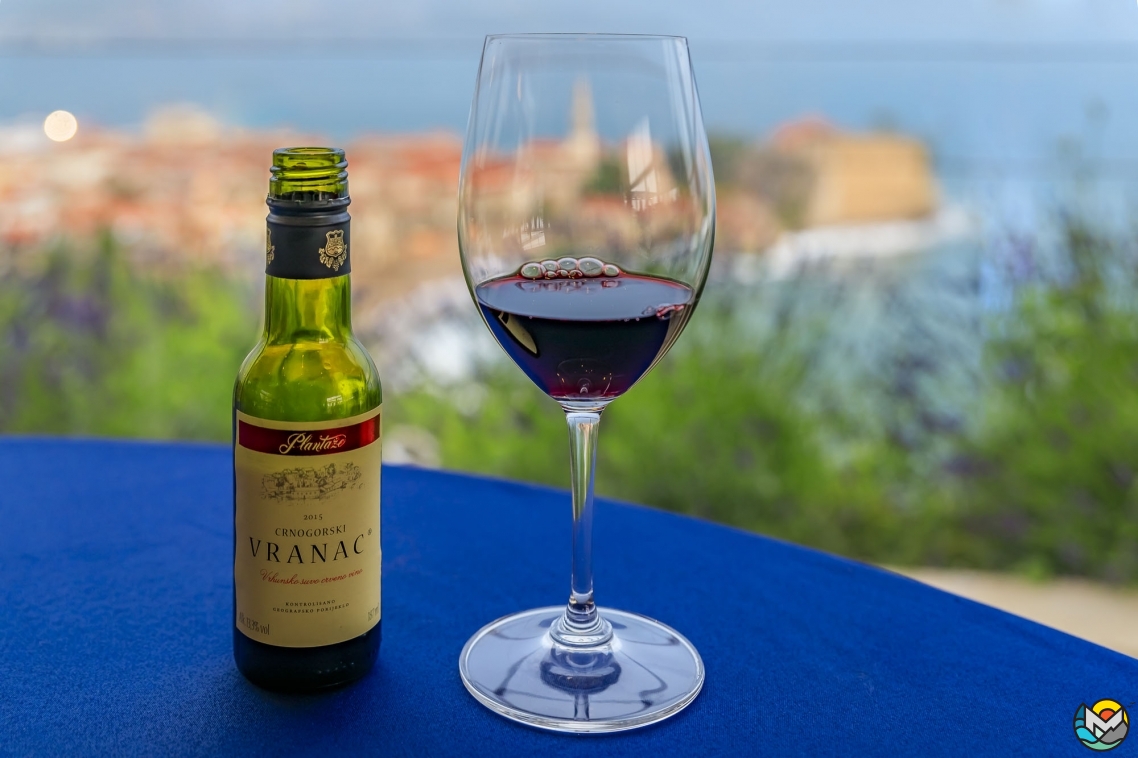
And here is a cherry on top — every air passenger, flying from Montenegro, can take up to five bottles of wine in the carry-on luggage. This agreement of the state authorities is aimed at the popularization of Montenegrin wines around the globe.


